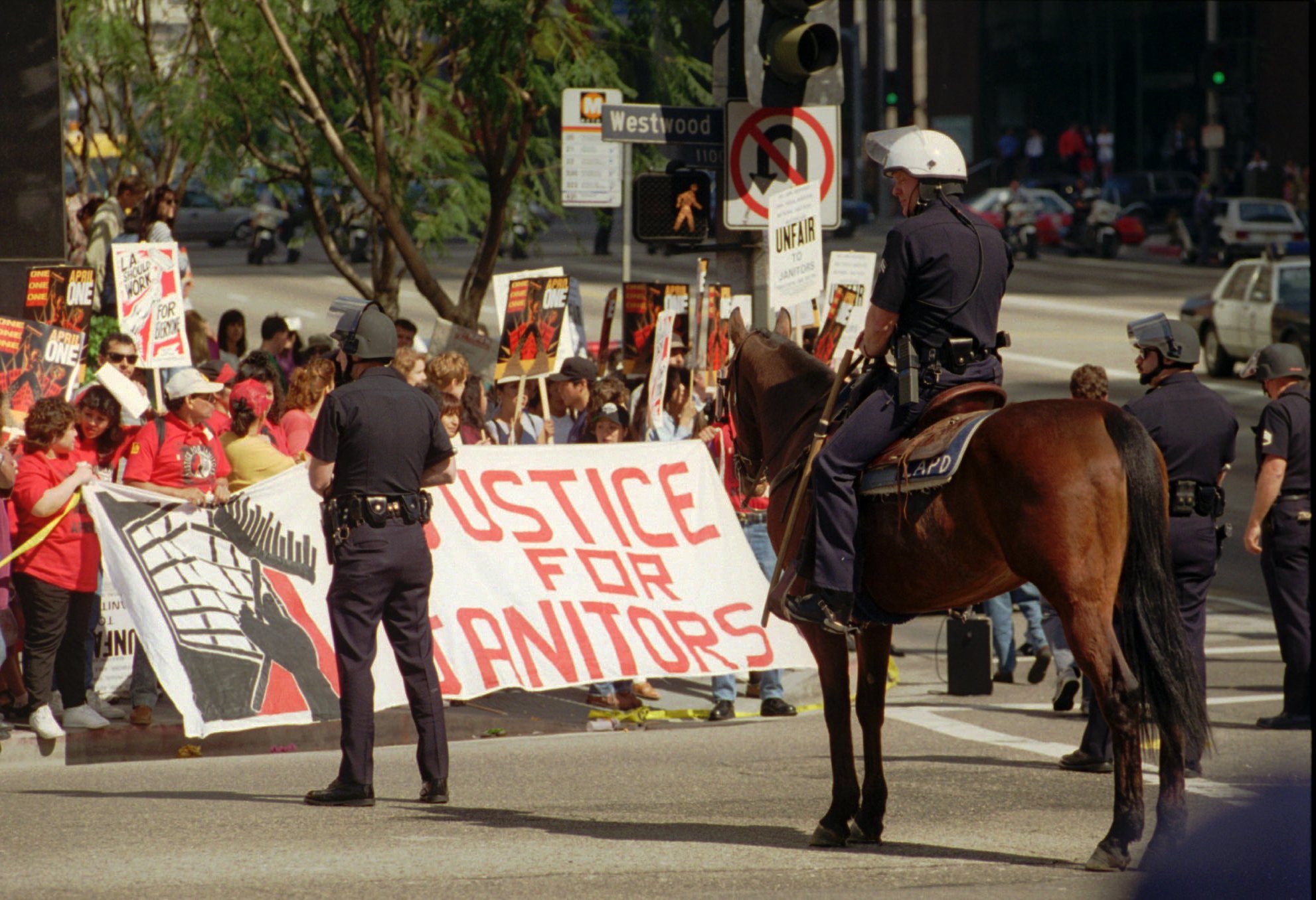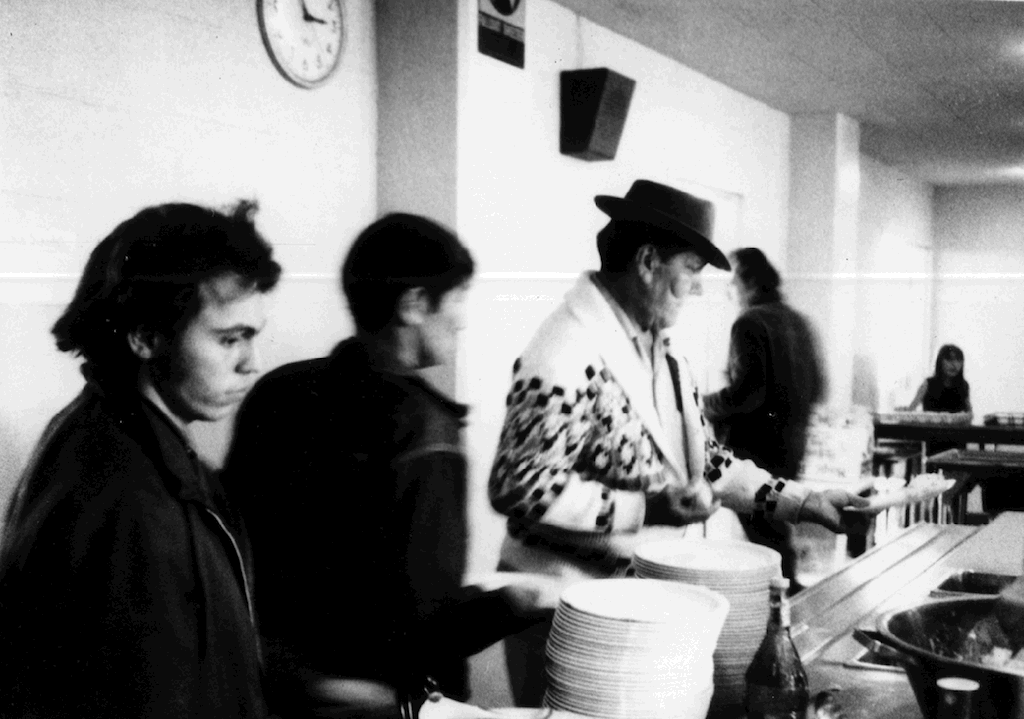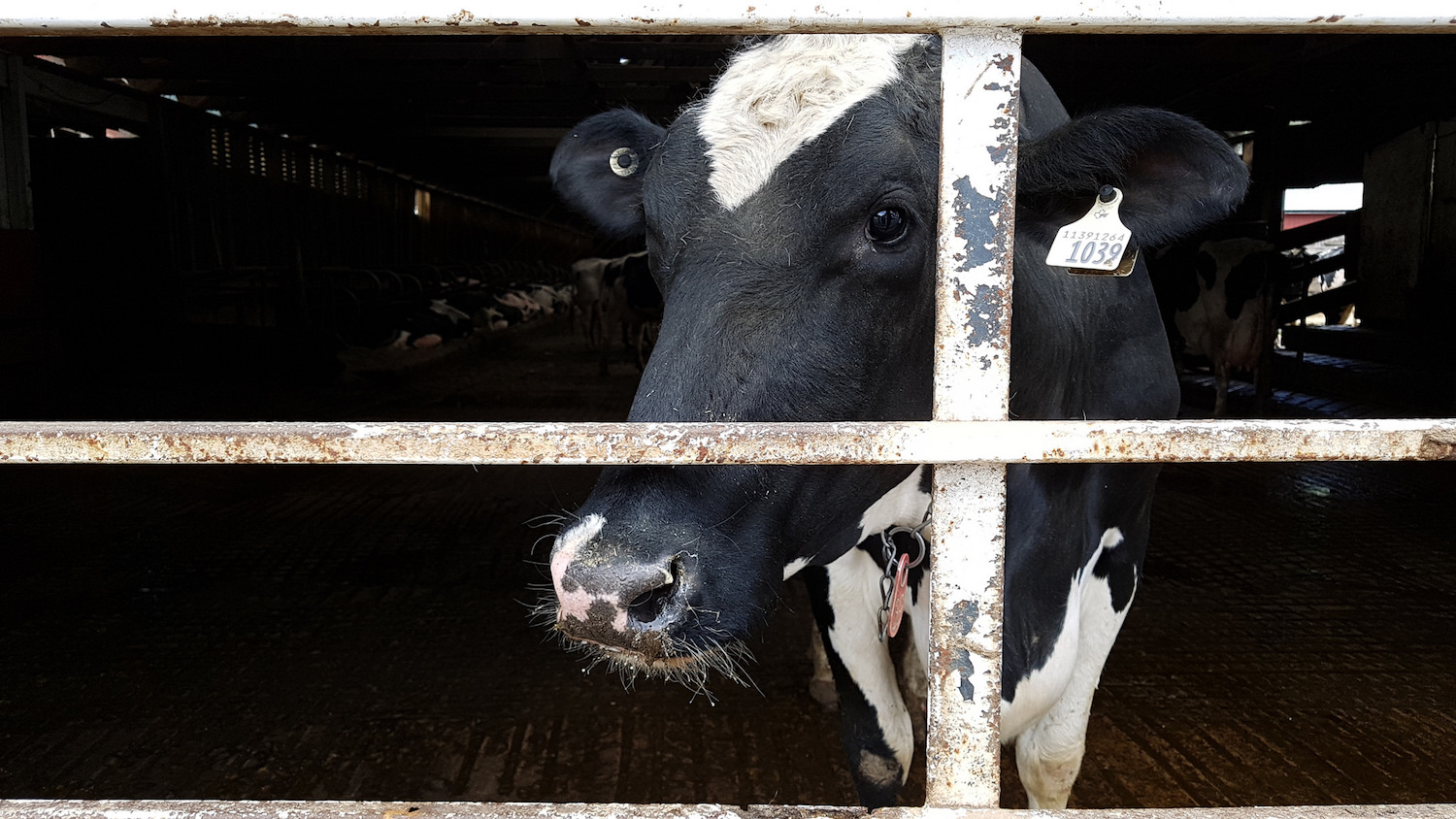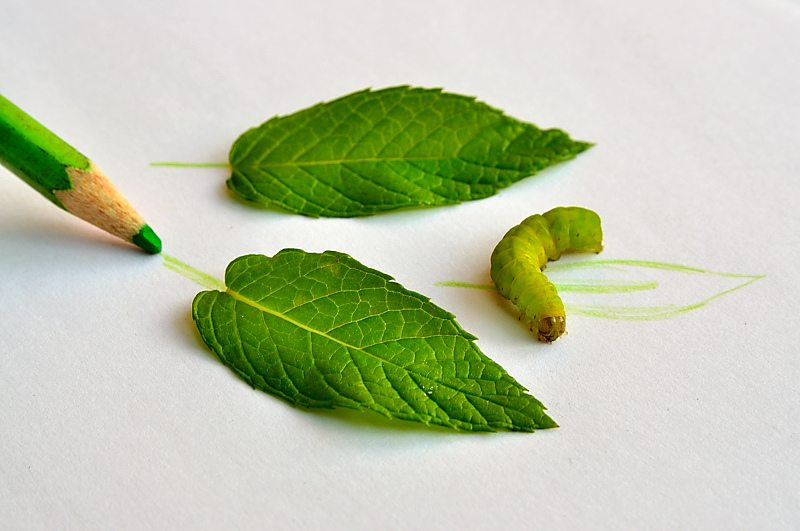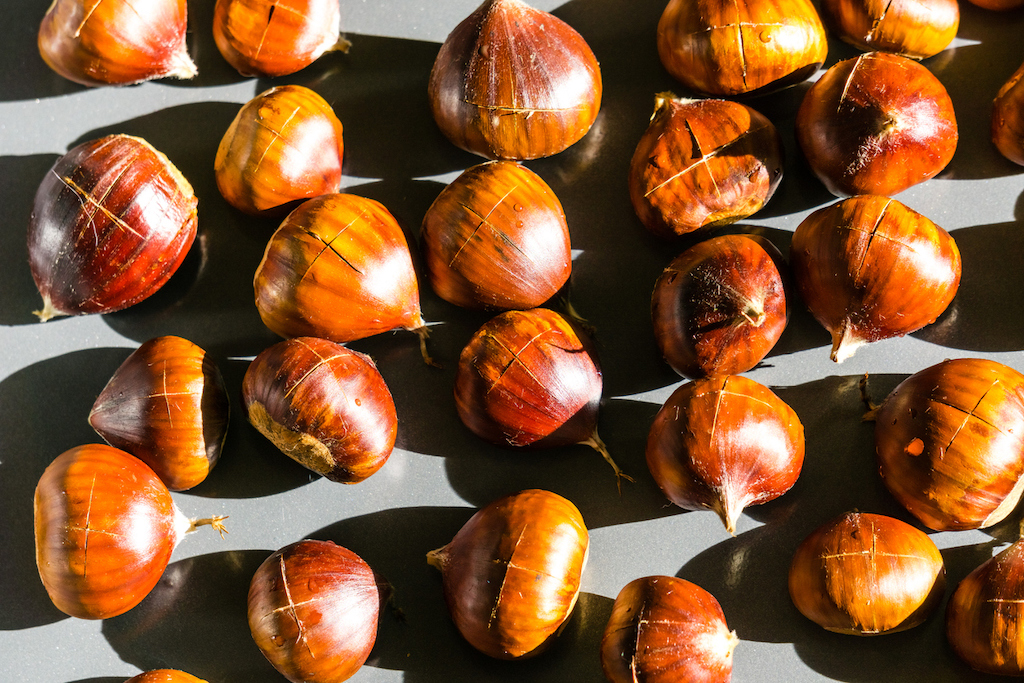
Andrei Stanescu / iStock
In the early 1900s, the American chestnut species was hit by a fungal infection that invaded trees through their cracks and caused big yellow cankers to blossom around their trunks. Affected trees, having no resistance to the disease, died slowly but surely—first above their wounds, then below them. Scientists believe that the blight originated in Asia and was imported stateside alongside Japanese chestnut trees, which have shown greater immunity to the blight. But the American chestnut was less blessed, and millions of trees fell victim to the disease over the course of the following century. Now, only a fraction of their original population remains.
Fast forward to today, as researchers at the State University of New York (SUNY) College of Environmental Science and Forestry have developed a genetically modified version of the chestnut that can neutralize the infection’s toxicity. But just because scientists can introduce a blight-resistant chestnut breed to forests doesn’t mean they ought to, says a new white paper published by The Campaign to Stop GE Trees, Global Justice Ecology Project, and Biofuelwatch, a network of over 50 organizations representing environmental nonprofits, farm workers, and rural communities. The paper outlines a range of concerns about the possible consequences of releasing a GM chestnut into nature.
“If you can get rid of that acid, then the fungus can no longer kill the tree tissues,” William Powell, lead researcher in the restoration project, says in a phone interview.
But there’s a distinct reason for concern: By cultivating the genetically engineered chestnut in the wild, researchers could threaten the sovereignty of indigenous groups, the new paper says. While acknowledging that there are a diversity of indigenous perspectives on the issue, the paper’s authors write that biotechnological interference clashes with many tribal nations’ spiritual relationships with the natural world. The paper notes that hybrid chestnuts could spread and take root on indigenous territories over time, violating tribal nations’ sovereign rights, according to the United Nations’ Declaration on the Rights of Indigenous Peoples.
“In the northeast and its traditional territory, the chestnut was a very important element in our food sovereignty, in the practice of our cultural ways, our spiritual ways,” says BJ McManama, an organizer for the Indigenous Environmental Network (IEN), a nonprofit focused on issues of environmental and economic justice for indigenous people. IEN is part of the group of organizations advocating against the introduction of the genetically engineered chestnut into natural forests. Despite the chestnut’s historical significance, genetically modified crops may challenge a traditional belief in nonintervention.
I asked Powell what his response was to this concern.
For many tribal nations, however, modern legal boundaries encompass far less land than their traditional territories.
“[Tribal nations] have no control over the genetic engineering that may happen [on land that is] off their legal territories now but that are still part of their traditional territory,” McManama says. “Self-determination is being threatened.”
For advocates of the American chestnut, restoring it in natural forests would both be a boon to biodiversity and help rehabilitate associated traditions (e.g., using the crop for food or carpentry).
Another point of contention outlined by the white paper is the way the American Chestnut Research and Restoration Project is funded. The company formerly known as Monsanto (now owned by Bayer) and ArborGen, a genetically engineered tree company founded by Monsanto, have both made donations to the initiative. To some critics, the restoration of the American Chestnut through genetic engineering is a form of PR for agribusiness giants. Additionally, some arguments are reminiscent of typical anti-GMO sentiment, such as uncertainty about how the hybrid chestnut will impact natural ecosystems.
Those concerns have taken on a new urgency recently. Restoring the American chestnut was once a pipe dream, but today, it’s within arm’s reach. Currently, researchers are applying for approval to plant the modified chestnut in wild forests from the Environmental Protection Agency (EPA), the Department of Agriculture (USDA), and the Food and Drug Administration (FDA). If approved, the hybrid chestnut would be the first genetically engineered plant to grow wild in the United States.
Update: An earlier version of this article misstated the publisher of the white paper. It was published by The Campaign to Stop GE Trees, Global Justice Ecology Project, and Biofuelwatch, not Rural Coalition.



